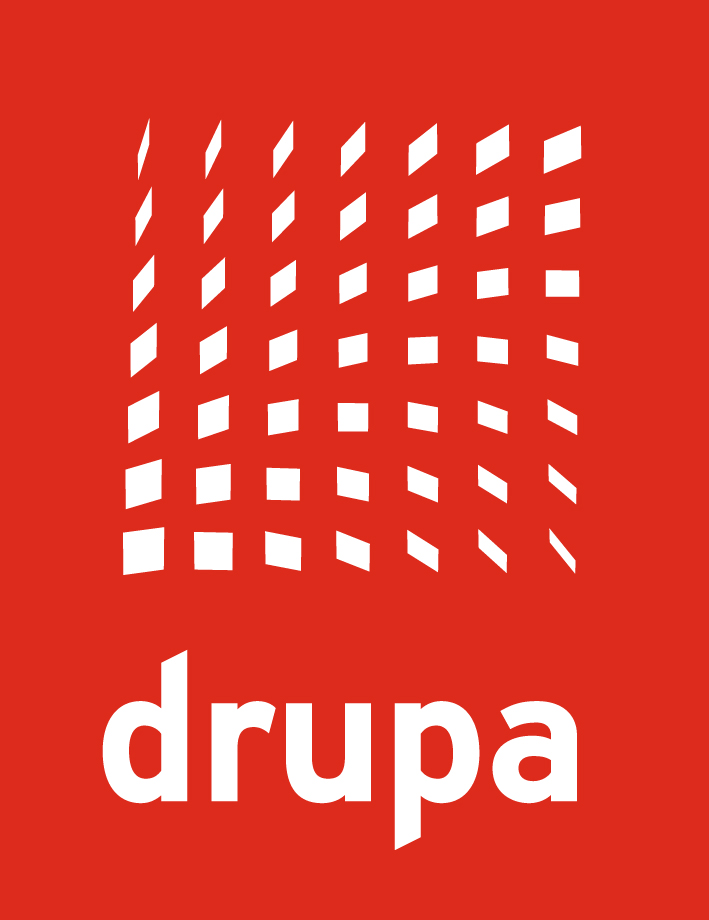With Global Consumption Set to Approach 70 Million Tons, What Are the Trends in the Folding Carton Industry for the Next Five Years?
Time:2023-05-23 From:
According to the latest report from Smithers, The Future of Folding Cartons to 2028, the folding carton market has seen a variety of new packaging designs and formats emerge as innovative avenues for sustainability, recycling and waste reduction continue to emerge.
The data reveals that the global folding carton market size grew by 2.5% year-on-year in 2021 and further by over 5% in 2022. In addition, capacity changes in the sector have a significant impact on future investment strategies, with more than 6 million tons of net capacity entering the market between 2020 and 2022. Medium-term growth forecasts for the folding carton market suggest that global consumption will be close to 70 million tons by 2028, valued at close to USD 200 billion at constant 2022 prices.
Market Demands
With a total installed capacity of more than 59 million tons in 2022 and a total global demand for paperboard of more than 53 million tons, this demand is likely to increase by more than 20 million tons by 2028, so some major investments will be required to meet this growing demand by then.
More than 53 million tons of paperboard were produced globally in 2022, an increase of more than 8% over the production in 2021, which was only slightly higher compared to 2018 due to the impact of the epidemic. Based on the latest selling price estimates, the global folding carton market was estimated to reach more than $53 billion in 2022, a growth of more than 12% from the market value of more than $47 billion in 2021.
In the short and medium term, a recovery in the production of folding cartons is expected, with global production expected to exceed 77 million tons by 2028, already valued at more than $215 billion at constant 2022 prices. The African market will have the highest growth rate but from a low base, while the Asian market will start from a high base and grow at a moderate rate during this period.
From an industry perspective, the cosmetics and toiletries market is currently very interested in folding cartons, and consumers are particularly keen to see more paper-based sustainable packaging in this market, with many brands making efforts accordingly. In addition, small plastic baskets in the fresh produce industry are being replaced by folding cartons, and the use of folding cartons in consumer electronics packaging has been growing steadily year-on-year.
Pro Carton released a report in March 2023 assessing the carbon footprint of carton packaging, and its findings show the sustainability gains made in the folding carton sector. The report shows that folding cartons emit 17% fewer greenhouse gases over their full life cycle in 2021 compared to 2018. In terms of total carbon footprint, folding cartons have a 24% lower carbon footprint in 2021 compared to 2018.
Sustainability
In the legislative arena, the European Commission's latest revision of the Packaging and Packaging Waste (PPWD) Directive 94/62/EC adds consideration of the characteristics of different packaging materials, such as design for recyclability, to the life cycle assessment of packaging. In the U.S., the federal government strictly regulates food, drug and cosmetic packaging to protect consumer rights, while many states have enacted their own packaging regulations.
E-commerce
In the context of cardboard-based packaging, the e-commerce market consumes a significant amount of microgroove packaging, which consists of a litho-laminated outer layer of cardboard applied to a single-sided corrugated backing. Over time, it is expected that some carton markets will be encroached upon by the use of backing boards, which also eliminates the need for a separate lamination process.
Luxury Packaging Applications
The last two years have seen a series of innovative applications in the luxury packaging sector, shaping the image of the carton as a high-end packaging format. The growing number of luxury applications for folding cartons are often made from virgin fiber materials with one or more specialized finishing processes, including high quality gravure printing, embossing, foil stamping, holography, etc., to further enhance the added value of luxury products and give consumers a sense of "high value".
All in all, there are signs that in the next five years the folding carton market is expected to see good growth in demand, with the continuous improvement and popularization of plastic reduction and plastic restriction policies in various countries, plastic packaging will be replaced more and more by fiber-based paper packaging. Printing enterprises should grasp the industry trend, actively explore and develop the folding carton market, and move forward on the road of greening.

